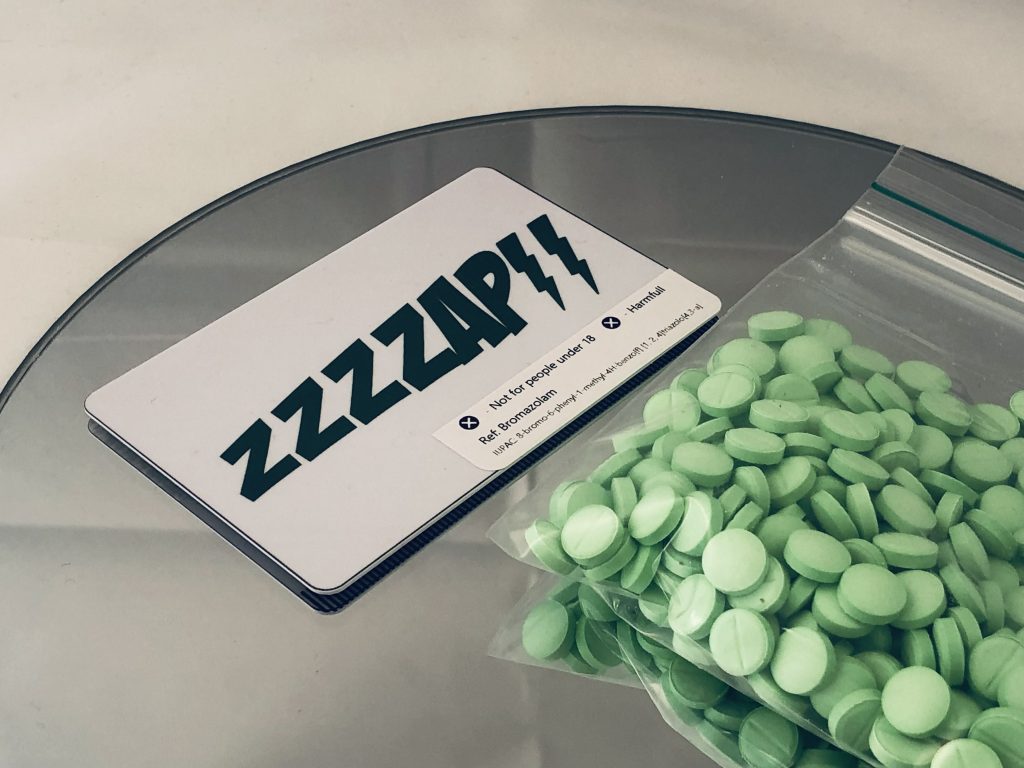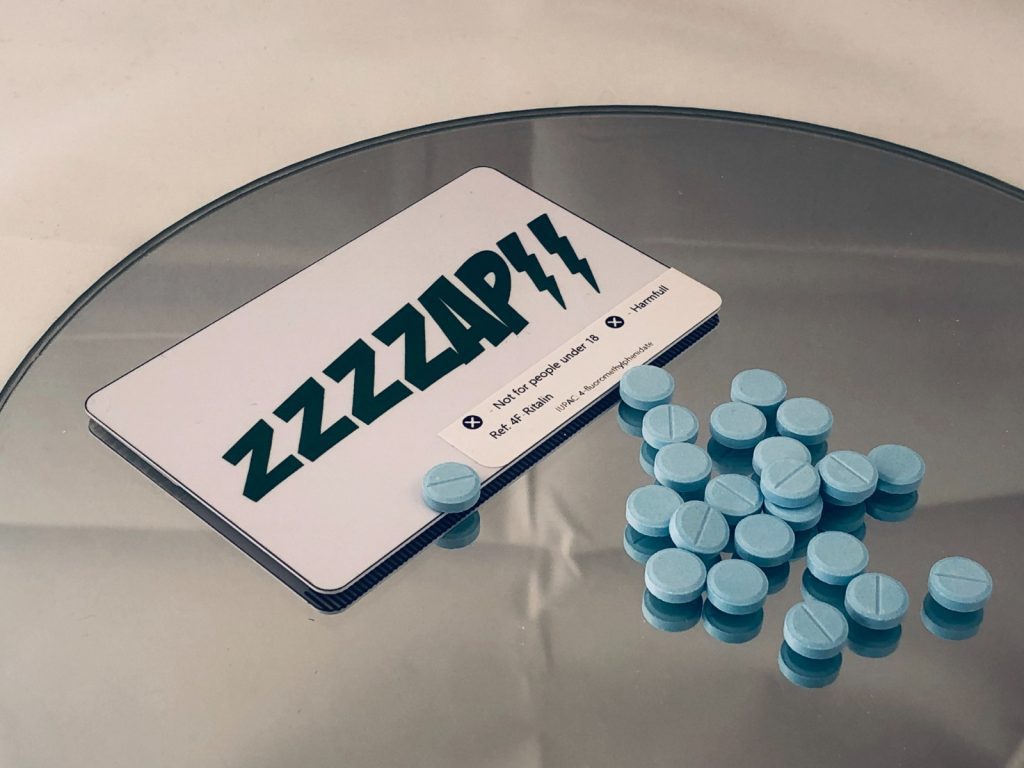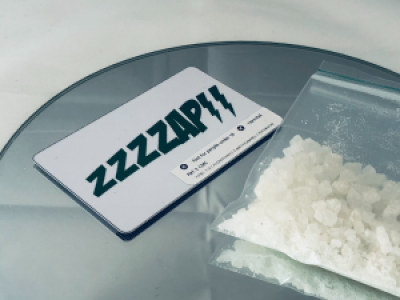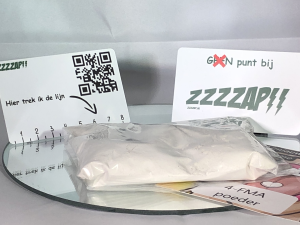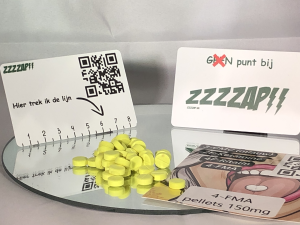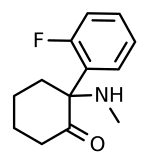4–FMA and 4–FM.P
4-FMA (4-Fluoromethamphetamine) and 4-FMP (4-Fluoromethylphenidate) are two chemical molecules. These are often used for recreational or medicinal purposes. Both substances have strong effects and can be used for various purposes. The structure of 4-FMA and 4-FMP is similar. Both molecules consist of a phenyl ring with one substituted fluorine atom.
The phenyl ring is a classical composition of six carbon atoms and one nitrogen atom, surrounded by binding hydrogen atoms. The fluorine atoms in it 4-FMA and 4-FMP are substitute atoms in the phenyl ring, giving the molecules a different chemical property than the phenyl ring without the fluorine atom.
Structure
Although the chemical structure of 4-FMA and 4-FMP is similar, the molecules differ at the level of their effects. 4-FMA is psychoactive in high doses and is believed to be a mild stimulant, while 4-FMP is experienced more as a mild stimulant.
The effects produced by these substances depend on the dose, but low doses can create increased energy levels, more alertness and improved focus. However, high doses can lead to anxiety, agitation and impaired motor skills.
Effects
The effects of 4-FMA and 4-FMP can vary from person to person. Some people experience more benefits from 4-FMA, while others experience more benefits from 4-FMP. It is therefore important to be aware of the possible side effects of both substances before using them.
So what is the difference between 4–FMA and 4–FM.P?
4-FMA and 4-FMP are also both derivatives of amphetamine and therefore have similar properties. However, they are not identical and have different activities. 4-FMA is a weak stimulant, while 4-FMP is considered more of a psychostimulant.
Although 4-FMA and 4-FMP have much in common, it is important to note that they have different chemical structures and different effects. Both substances have their own benefits and risks, and it is important to be well informed before using them.


